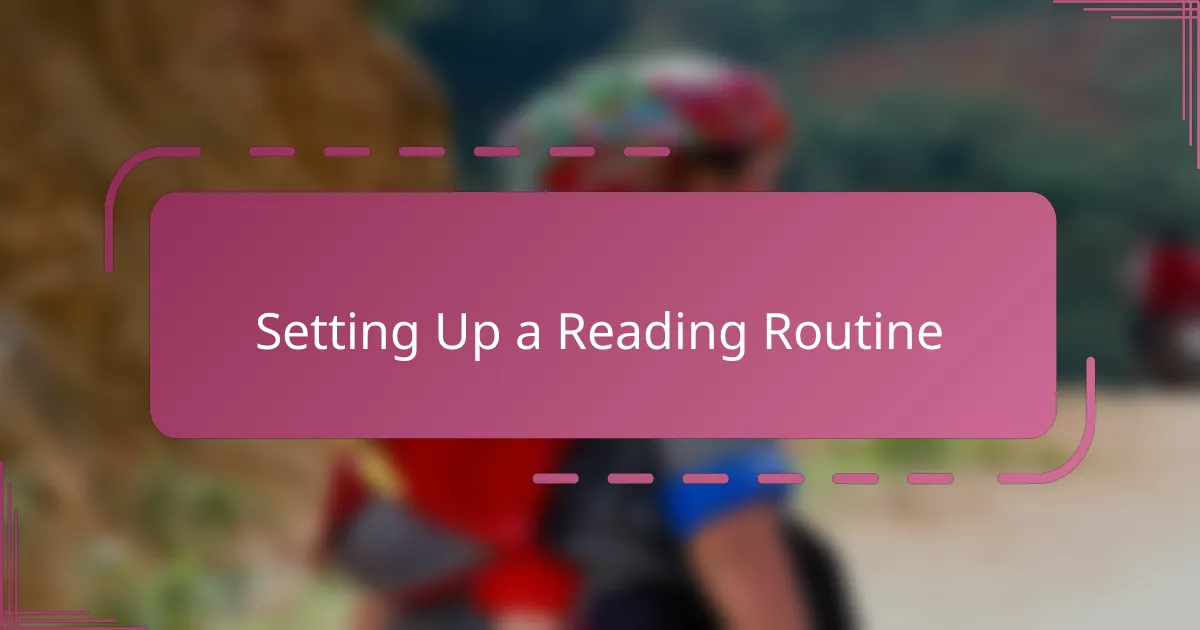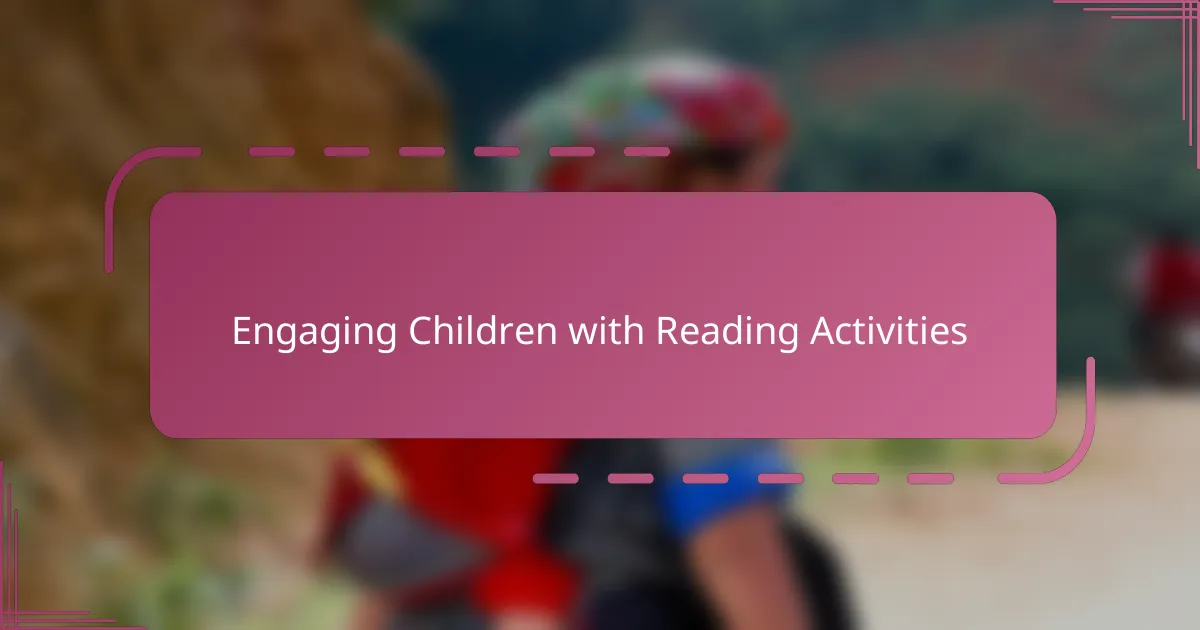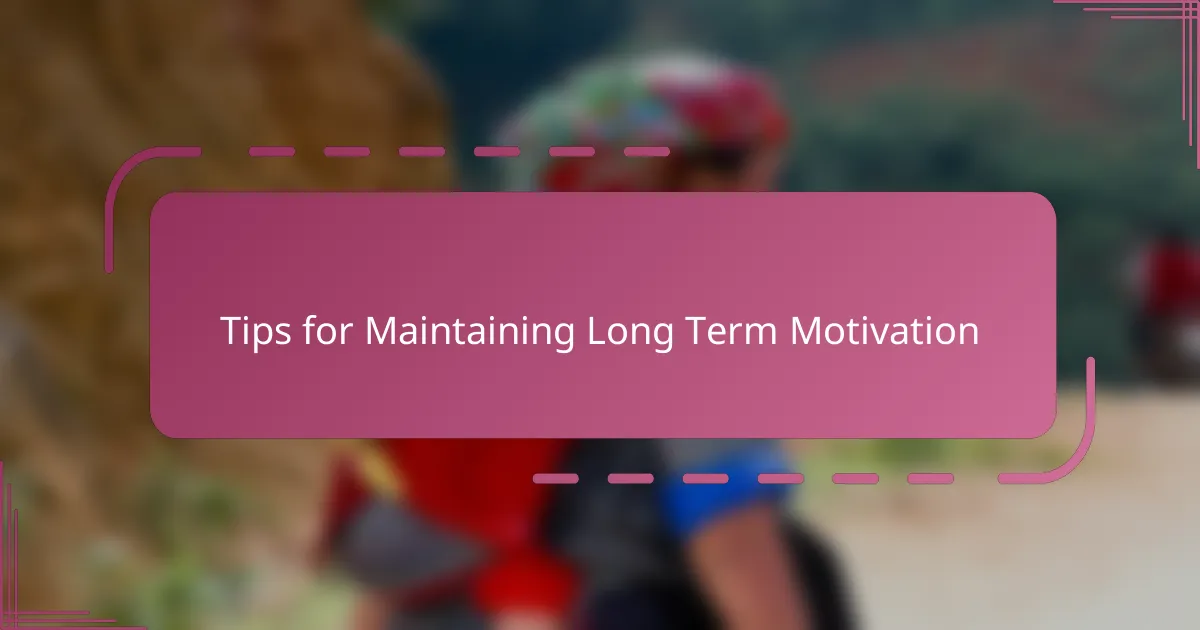Key takeaways
- Scholastic reading programs personalize reading experiences, building skills while nurturing a love for books.
- Consistent reading routines, engaging activities, and a cozy environment significantly enhance children’s motivation and enjoyment of reading.
- Tracking progress with visual aids and celebrating small achievements fosters a sense of accomplishment and strengthens parent-child connections.
- Variety in reading materials and setting manageable goals can help maintain long-term motivation in young readers.

Understanding Scholastic Reading Programs
Scholastic reading programs are designed to engage children through carefully selected books and interactive activities that match their reading levels. I remember how my own child’s enthusiasm grew when we started using these programs—they make reading less of a chore and more of an adventure.
What I find especially valuable is how these programs track progress and offer tailored recommendations, making it easier to support my child’s learning journey. Have you ever noticed how personalized support can boost a child’s confidence? That’s exactly what happens with Scholastic’s approach.
Understanding these programs means recognizing their goal: to build strong reading skills while nurturing a genuine love for books. It’s not just about reading more; it’s about reading smarter and enjoying every page turned.

Benefits of Reading Programs at Home
One of the biggest benefits I’ve seen with reading programs at home is how they create a consistent reading habit. When my child knows there’s a fun activity or a new book waiting, it turns reading into a daily highlight rather than something to rush through. Have you ever watched your child’s face light up when they recognize progress? That pride is priceless.
Another advantage is how these programs adapt to your child’s pace and interests. I remember how my child struggled with certain words at first but, thanks to the guided support, those tricky parts became easier with each session. It felt less like homework and more like a personal achievement unlocked.
Lastly, beyond just improving skills, these programs foster a deeper connection between us as parent and child. Sitting together to explore stories sparks conversations and shared moments that I cherish. Don’t those moments of cozy reading together often become the most memorable? For me, they certainly do.

Choosing the Right Scholastic Program
Choosing the right Scholastic program starts with knowing your child’s reading level and interests. I once selected a program that felt too advanced, and it only made my child frustrated instead of excited. Have you experienced how a mismatch in difficulty can turn reading time into a battle rather than a joy?
What helped me most was exploring the various options Scholastic offers and looking closely at their focus—whether it’s building vocabulary, comprehension, or fluency. Think about what your child needs most right now, and choose a program that targets those skills. It’s like picking the right tool for a job; the better the fit, the smoother the progress.
Finally, consider how much guidance and interaction the program provides. I noticed that programs with built-in support and clear progress tracking made it easier for me to stay involved and celebrate small wins with my child. Isn’t it rewarding when you can see growth in real-time and encourage your young reader every step of the way?

Setting Up a Reading Routine
One thing I’ve learned is that consistency is key when setting up a reading routine. I found that dedicating the same time each day, like after dinner or before bed, helps my child know what to expect and look forward to it. Have you noticed how kids thrive with a bit of predictability?
I usually keep our reading sessions short but focused. It’s amazing how even 15-20 minutes of undistracted reading every day can build excitement and stamina over time. Plus, knowing this small daily commitment makes it easier for both of us to stay motivated and avoid burnout.
Creating a cozy and inviting space also made a big difference for us. When I set up a little reading nook with comfy pillows and good lighting, it felt like a special retreat rather than a task. Have you ever seen how a simple change in environment can turn reading time into a favorite part of the day?

Engaging Children with Reading Activities
Engaging children with reading activities means making the experience lively and interactive. I’ve noticed that when I add fun challenges like predicting what happens next or acting out parts of the story, my child becomes more involved and eager to read aloud. Have you ever tried turning a book into a mini performance? It can transform quiet reading into a shared adventure.
Another trick that worked wonders for us was incorporating games related to the story. Whether it’s matching vocabulary cards or drawing scenes from the book, these activities help deepen understanding while keeping things playful. I find that when learning feels like play, resistance to reading melts away almost instantly.
Sometimes, I simply ask my child to pick a favorite character and tell me what they like most about them. These conversations not only boost comprehension but also show me what sparks their imagination. Doesn’t hearing your child’s unique take on a story remind you why reading matters beyond just the words on the page? For me, those moments are pure treasure.
![]()
Tracking Progress and Celebrating Success
Tracking progress has been a game changer in our reading journey at home. I remember how seeing those little checkmarks and milestones in the Scholastic program made my child’s face light up with pride—it’s something tangible they can hold onto. Have you noticed how a visual record of progress can turn effort into excitement?
Celebrating success doesn’t always mean big rewards; sometimes, a high five or a special breakfast after reaching a reading goal made all the difference for us. These moments of recognition helped my child feel valued and motivated to keep going. What small celebration do you think would make your child feel most appreciated?
I also like to review progress together, chatting about what’s getting easier or which books were favorites. This reflection not only shows growth but deepens our connection through shared achievement. Isn’t it wonderful when progress isn’t just numbers, but a story you create together?

Tips for Maintaining Long Term Motivation
Staying motivated over the long haul can be tricky, but I’ve found that mixing up the reading materials keeps things fresh. When my child gets bored with the same type of books, I swap in stories about new topics or different genres, and suddenly their excitement comes roaring back. Have you noticed how a little variety can reignite that spark?
Another thing that really helps is setting small, achievable goals instead of overwhelming targets. I remember when we celebrated finishing just one chapter; that tiny win made my child feel unstoppable. Isn’t it amazing how breaking a big journey into bite-sized steps can make motivation stick?
And don’t underestimate the power of encouragement. I make it a point to cheer on even the smallest progress, because those moments of praise build confidence and keep my child eager to pick up the book again. Have you ever seen how a simple “Well done!” can brighten a child’s whole day? For me, those words go a long way.


